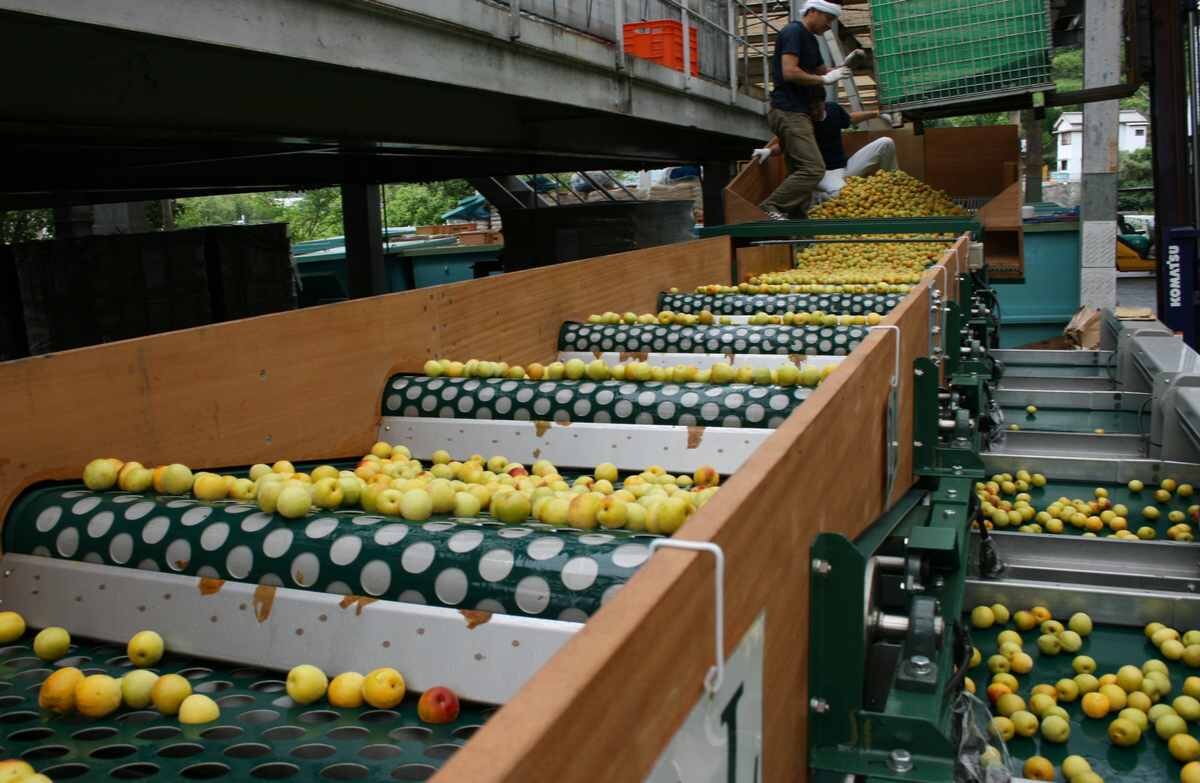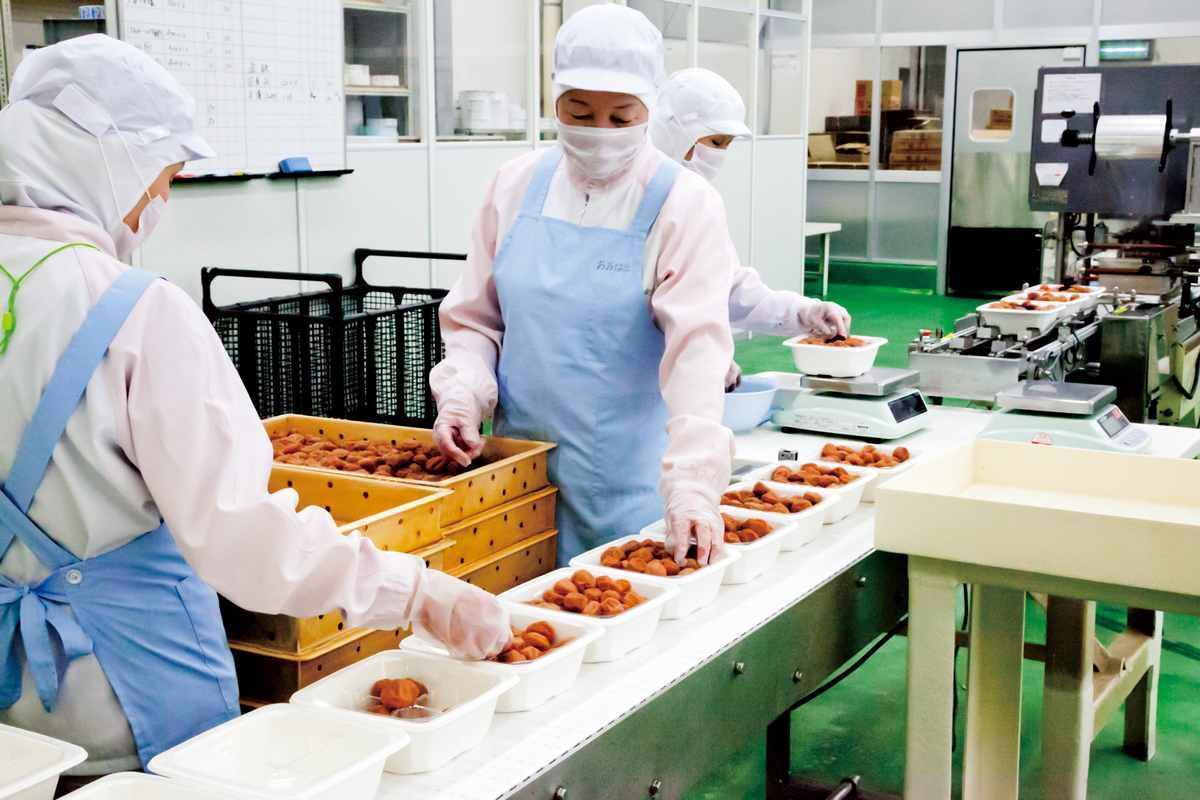Making Umeboshi
Making umeboshi is a year-round process. Take a look below to see what’s involved.
umeboshi products umeboshi recipes
pruning
The yearly cycle of umeboshi making starts in the winter, with pruning, fertilizing, and other maintenance tasks.
flowering and pollination
In February the ume trees begin to flower, and as the honeybees wake from the winter they pollinate the orchards.
Harvest
The ume grow until late spring and early summer, when they are picked from the trees by hand or collected on nets spread under the trees. This ensures maximum ripeness and protects the ume from damage and pests.
Sorting
Ume are sorted by size in rolling sorting machines.
Washing
The farmer submerges the ume in water for a while to remove any dirt or pests.
salting
Next they layer the ume in tanks with 20% of their weight in salt to begin the pickling process.
Pickling
The salt draws out the ume’s juice, creating a pickling brine. This is what is known as ‘umezu’, or ume vinegar. It’s not truly vinegar, but a salty and acidic liquid with lots of vitamins, minerals, and polyphenols.
The ume are left in the brine for at least two weeks. During this time we place covers and weights on top to ensure they don’t float out of the liquid. We also use a circulation system to ensure consistent salt content throughout the tank.
Sun drying
The harvest and pickling take place during the rainy season in June and July. After the rainy season passes and the hot summer sets in, the ume are arranged on large trays and dried in the sun. In the heat of the summer they can finish drying in three days but as the weather cools into the autumn it can take a week or more.
The ume must be turned throughout the day, so this is a hot and tiring time for the farmers.
Packing
After the farmers have sun-dried the ume, they sort them by size and quality and pack them into 10kg barrels. These 20% salt umeboshi will keep nearly forever, so Nakata Foods purchases stock continually throughout the year from producers.
In our factory tour area, we display some umeboshi that are 75 years old and still edible.
Nakata Foods pickles and dries some of its own umeboshi, but for the most part all of the steps above are performed by the farmer.
washing and sorting
The 10kg barrels are taken out of our warehouse and transported to the production factory, where the first step is washing and sorting. A machine uses water to remove any foreign material, and then workers visually sort the pickles according to criteria depending on the final product.
Flavoring
After a desalinization process, the umeboshi are soaked in a flavoring liquid that will transform them into the final flavored umeboshi product.
umeboshi packing
Using a combination of automatic weighing and filling machines and manual labor, we pack the finished umeboshi. They flow through automatic weight checkers, metal detectors, and labeling machines, and are finally packaged and shipped to customers around the world.












